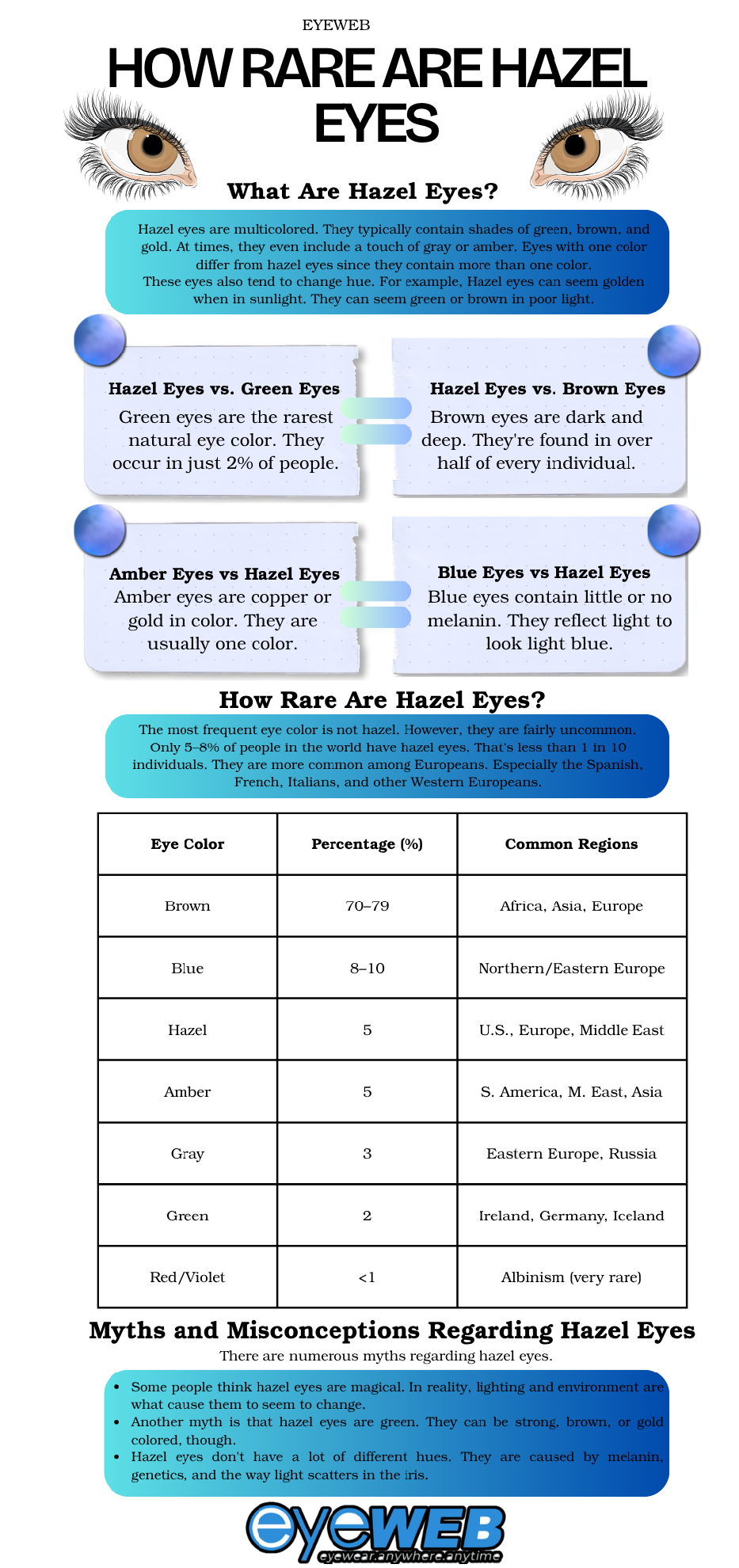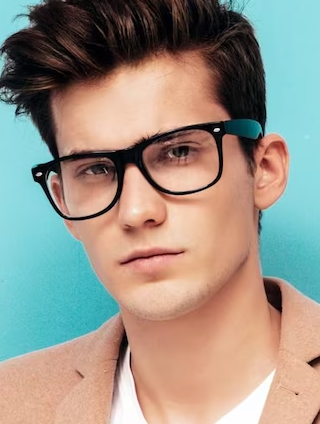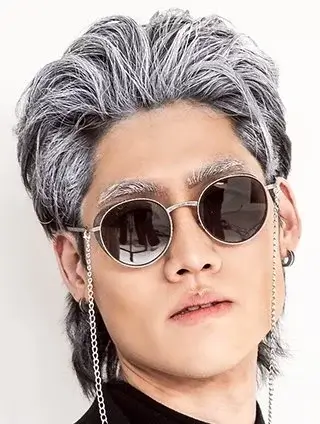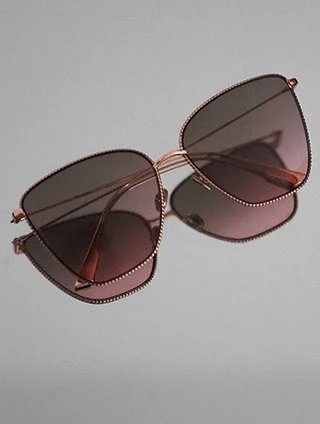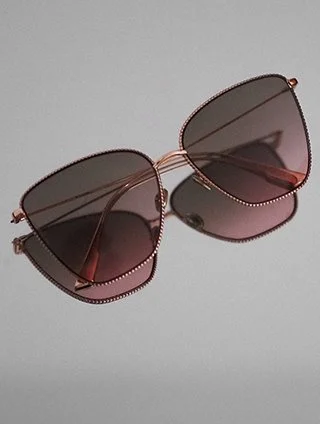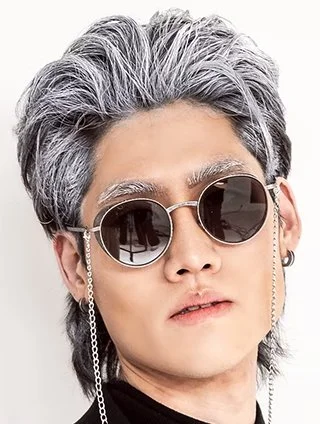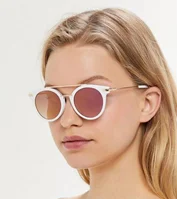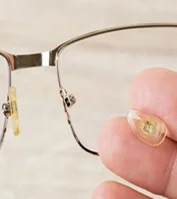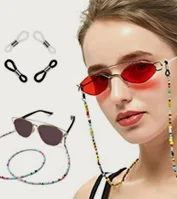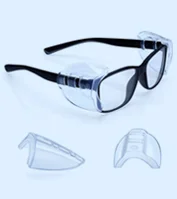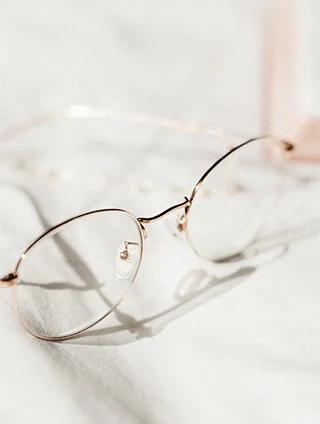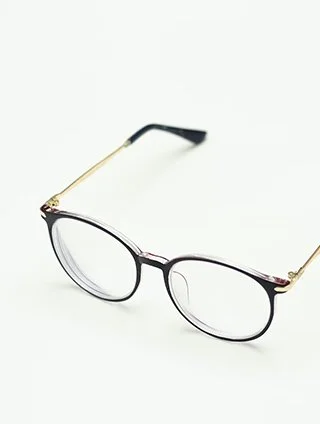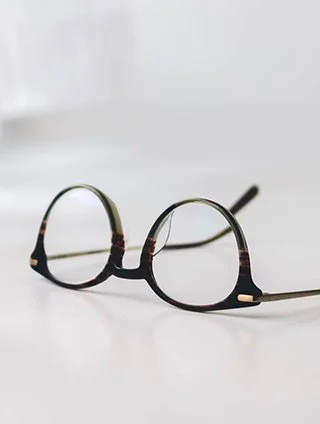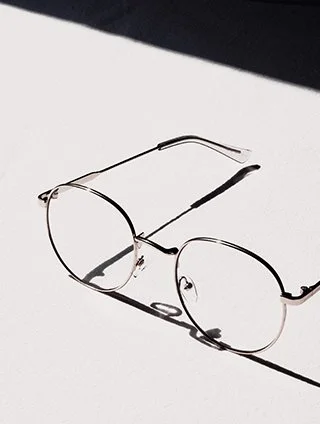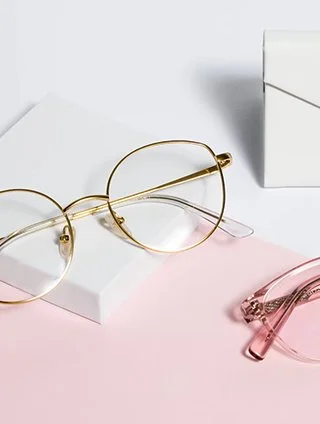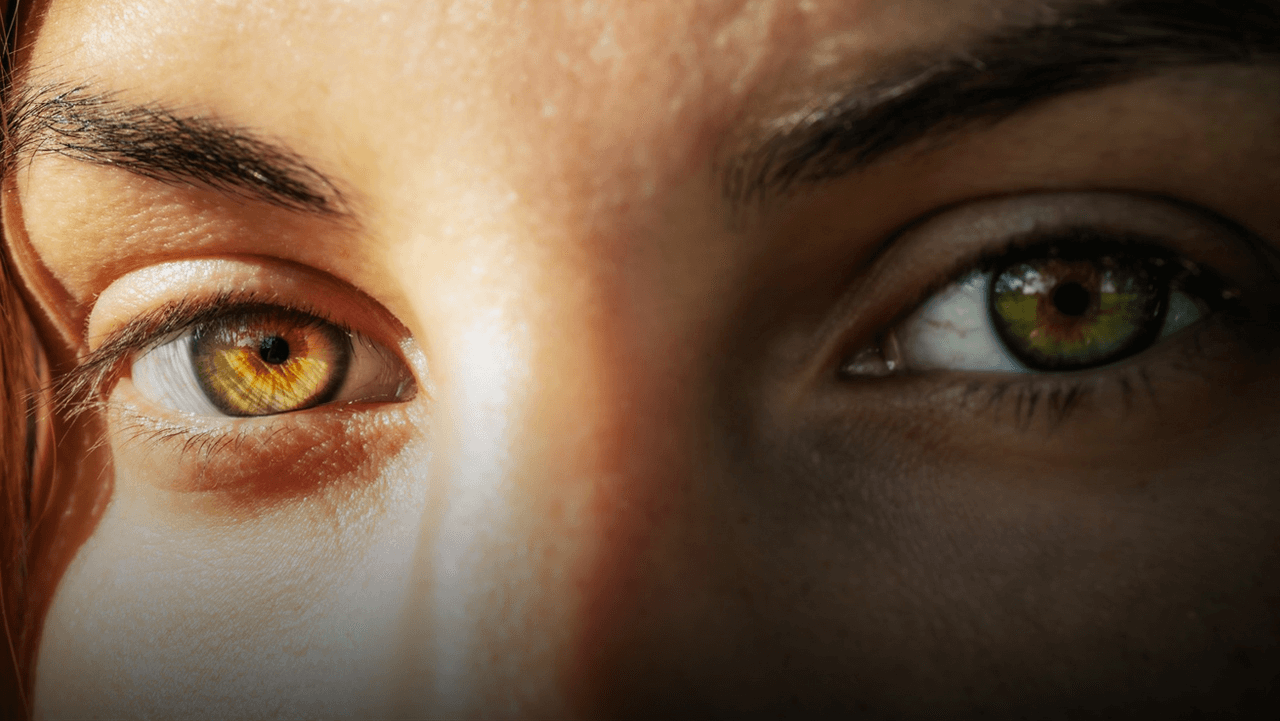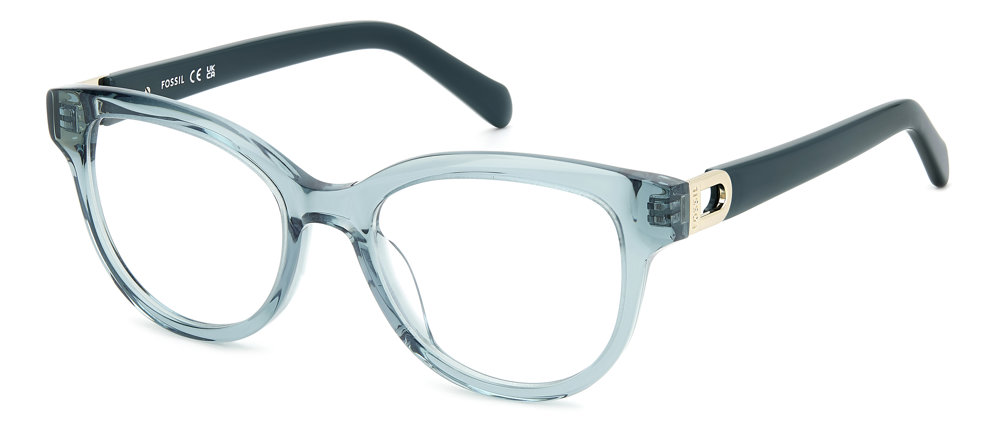Last updated: Monday, October 20, 2025
Do you know that Hazel's eyes are found in only a small percentage of the global population? They are therefore among the world's most vibrant eye colors. Light brown is the usual color for hazel eyes. But they are far more complicated than that.
Hazel eyes are mysterious. Some see green in them. Others see gold or brown. In different lighting, they seem to shift color. This mysterious shift is one of the things that makes them so special.
Many models and celebrities have hazel eyes. The eyes are distinctive since they are multi-toned and warm. Not only are hazel eyes stunning. They are also rare and mysterious.
So how rare are hazel eyes, then? Why do they exist? And how are they special in comparison to other colors? Let's discuss the facts, science, and aesthetic appeal of hazel eyes.
What Are Hazel Eyes?
Hazel eyes are multicolored. They typically contain shades of green, brown, and gold. At times, they even include a touch of gray or amber. Eyes with one color differ from hazel eyes since they contain more than one color.
These eyes also tend to change hue. For example, Hazel eyes can seem golden when in sunlight. They can seem green or brown in poor light. Hazel eyes are more than a mixture. They do have a pattern.
Most people with hazel eyes do have a ring of color around the pupil. That ring may be gold or brown. Green or even blue-grey may be the color of the outer parts of the iris. The blend creates a beautiful "sunburst" effect.
Hazel is normally confused with light brown or green. But Hazel is different. It is not just one color, and normally has a green and golden-brown undertone.
Hazel eyes are "earthy." They are warm or cool, depending on the colors.
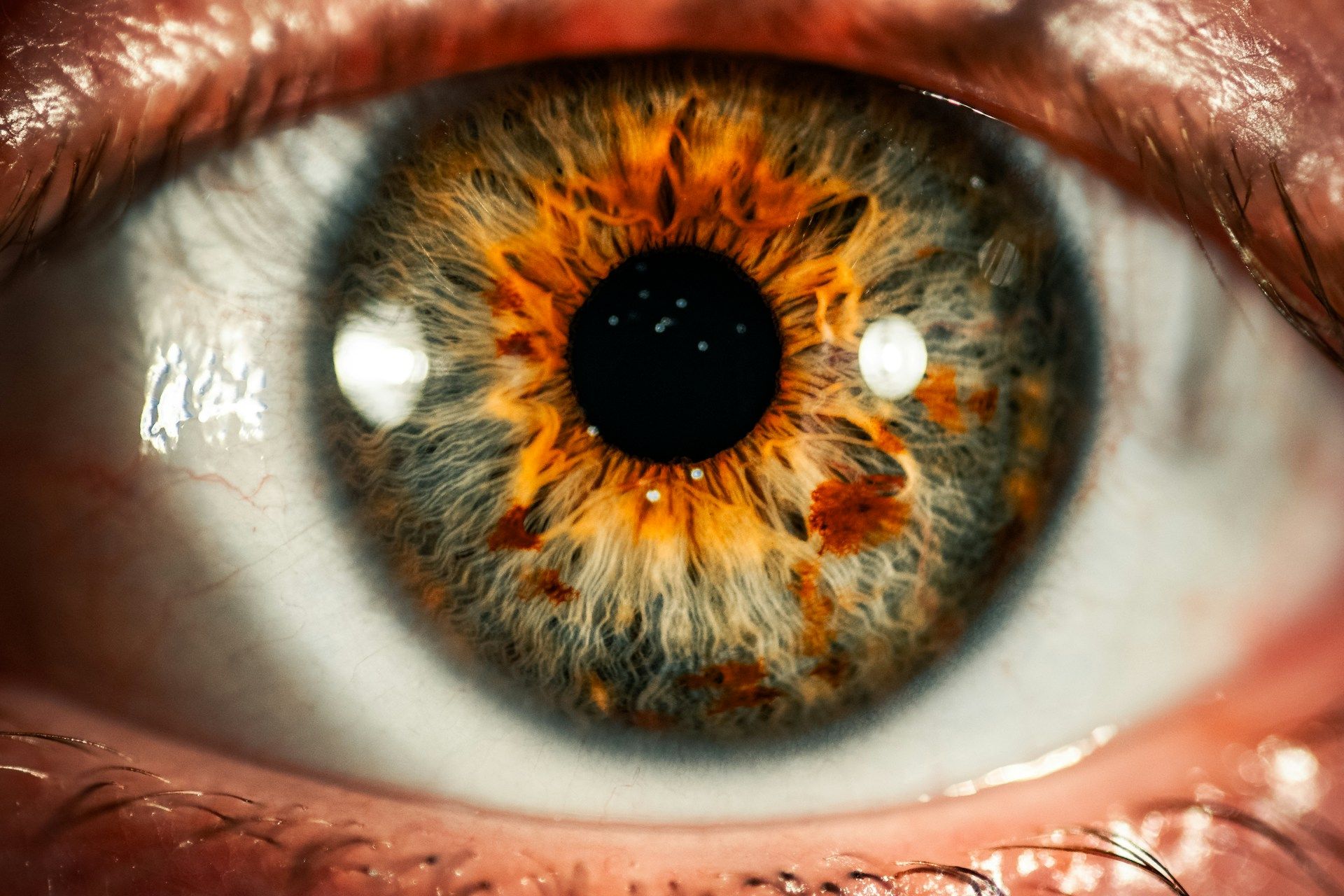
The Science Behind Hazel Eyes
Eye color is a result of melanin. Melanin is the iris pigment that controls light reflection and absorption. The more concentrated the melanin, the darker the eyes. The less concentrated the melanin, the lighter the eyes.
Hazel has a moderate level of melanin in the eyes. These eyes are between brown and green on the melanin scale. This combination creates the possibility of more than one color existing.
Light scattering also occurs with eye color. This is referred to as the Rayleigh effect. This is what makes the sky blue. When the light passes through the eye, it becomes scattered in the iris. Depending on the amount of melanin, some wavelengths of light are scattered in different ways. Hazel eyes will switch color because of this.
Genetics plays a lot into it, too. Everyone used to believe that eye color was determined by basic rules. Brown was dominant, blue was recessive. However, we now understand that it is not as simple. Numerous genes influence eye color, which is why two parents with brown eyes can have a child with green or hazel eyes. So, what pair of glasses best matches your eye color?
The major genes involved in this are OCA2 and HERC2. They control melanin production. But other genes adjust the ultimate eye color. That is why so many types of hazel eyes exist.
Thus, hazel eyes are the consequence of a combination of modest melanin, light dispersion, and heredity. Their color varies with light and environment. They are, therefore, among the most intriguing eye hues that one can have.
How Rare Are Hazel Eyes?
The most frequent eye color is not hazel. However, they are fairly uncommon. Only 5–8% of people in the world have hazel eyes. That's less than 1 in 10 individuals.
They are more common among Europeans. Especially the Spanish, French, Italians, and other Western Europeans. Hazel eyes also occur in the Middle East and some countries of Latin America.
Eye Color Prevalence Worldwide:
Eye Color | Percentage (%) | Common Regions |
Brown | 70–79 | Africa, Asia, Europe |
Blue | 8–10 | Northern/Eastern Europe |
Hazel | 5 | U.S., Europe, Middle East |
Amber | 5 | S. America, M. East, Asia |
Gray | 3 | Eastern Europe, Russia |
Green | 2 | Ireland, Germany, Iceland |
Red/Violet | <1 | Albinism (very rare) |
Let us contrast this with other eye colors:
Hazel Eyes vs. Green Eyes
Green eyes are the rarest natural eye color. They occur in just 2% of people. The color of hazel eyes is more brown and gold. Green eyes are more even in color.
Hazel Eyes vs. Brown Eyes
Brown eyes are dark and deep. They're found in over half of every individual. Hazel eyes come in many shades and are lighter in color. Melanin levels are lower in hazel eyes than in brown eyes.
Amber Eyes versus Hazel Eyes
Amber eyes are copper or gold in color. They are usually one color. Hazels are a bit more mottled, maybe green or brown around the edges.
Blue Eyes vs Hazel Eyes
Blue eyes contain little or no melanin. They reflect light to look light blue. Hazel eyes have larger quantities of melanin and depict a combination of colors.
These eyes are extraordinary because they do not fall into any single box. They cannot easily be defined because of their variable nature. That's just all part of their beauty and uniqueness.
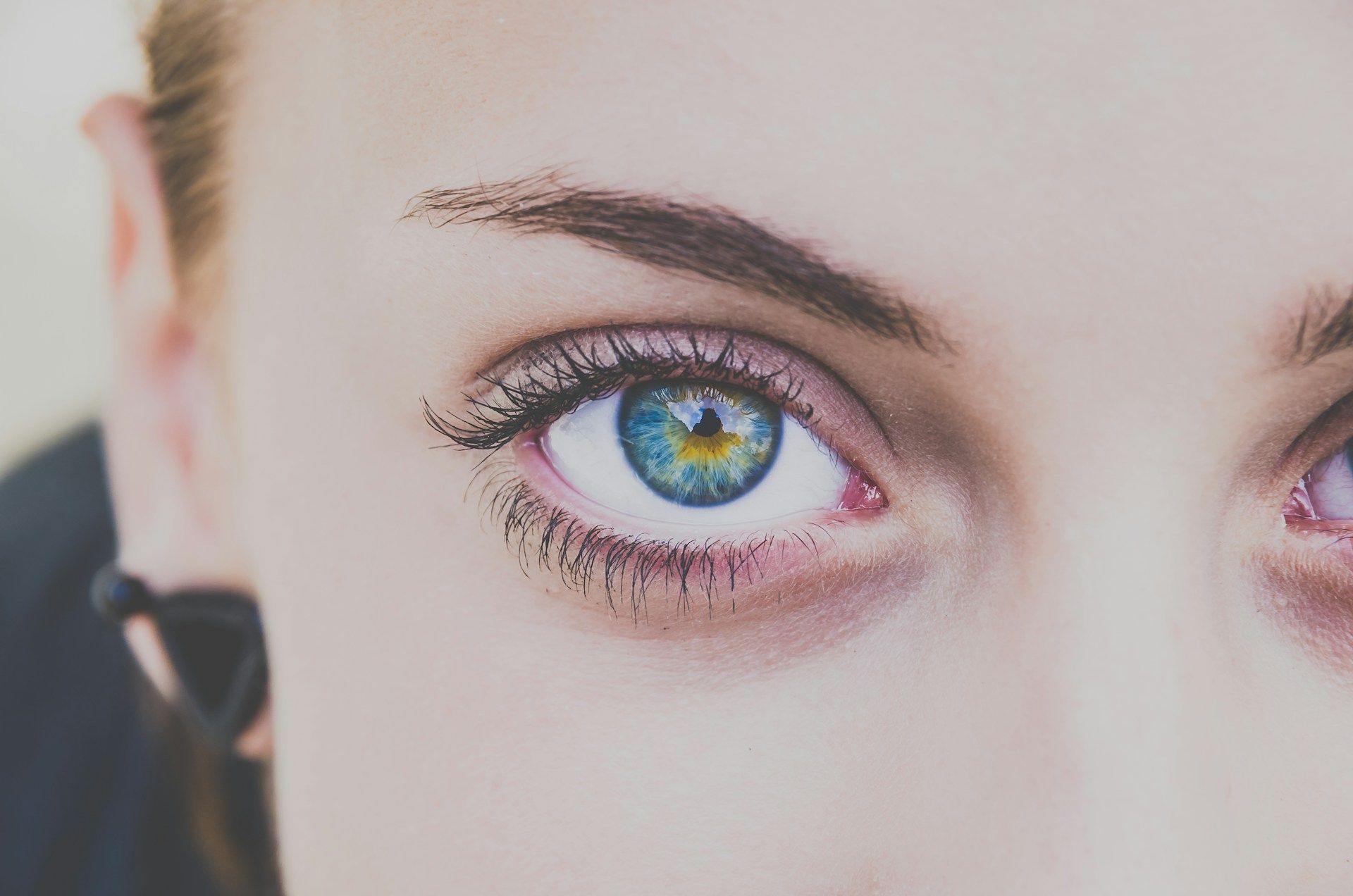
How Many People Have Hazel Eyes?
Hazel eyes are found in just about 5% of the world's population, or approximately 400 million people in today's world.
What Do Hazel Eyes Look Like?
Hazel eyes can look different in each person. In some, they appear lighter, golden, or light brown, whereas in others, they appear greener. The majority of people will have a mix of amber, brown, and green. The inner ring near the pupil is golden-brown. The outer ring is green or gray.
They refract light in interesting ways. In light, hazel eyes can be golden. In low light, they can be olive or brown. They rarely appear the same way twice.
How Common Are Hazel Eyes?
Hazel eyes are uncommon. They are found only in 5–8% of the global population. That is, out of 100 individuals, only 5–8 will possess hazel eyes.
They are most frequent in Europeans. In the United States, approximately 18% of individuals have hazel eyes because of ethnic admixture. This makes hazel eyes more frequent in America than globally.
There are far fewer blue-grey eyes in China, India, and Japan. Brown is the most common eye color in these countries.
While not the least common, hazel eyes are notable for their colour-changing appearance and blended colors.
What Are The Different Types Of Hazel Eyes?
Not all hazel eyes are created equal. There are several types of Hazel Eyes, based on the dominant color. The under colors can be green, brown, or even blue. These colors can be revealed with the help of lighting, makeup, and clothes. The list of the most common types of hazel eyes is presented below.
Green Hazel Eyes
They are usually green with a hint of gold or brown in the center. They may be very pale in the sun. It's common to confuse green hazel eyes with real green eyes.
Brown Hazel Eyes
These are all brown but green or amber along the edges. They are brown at first sight, but other colors when lit.
Blue Hazel Eyes
This is the rarest one. These have blue hues in the iris' outer ring. Blue hazel eyes may appear greenish-blue or grayish in a specific light.
Every shade of hazel color is beautiful and unique.
Hazel Eyes: What Is The Best Hair Color?
Hazel eyes look good in any hair color. They have more than just one color, so they complement both warm and cool tones. The right hair color can bring out hazel eyes. But what pair of glasses best matches your hair color? Choosing frames that suit your hair shade can enhance your overall look even more.
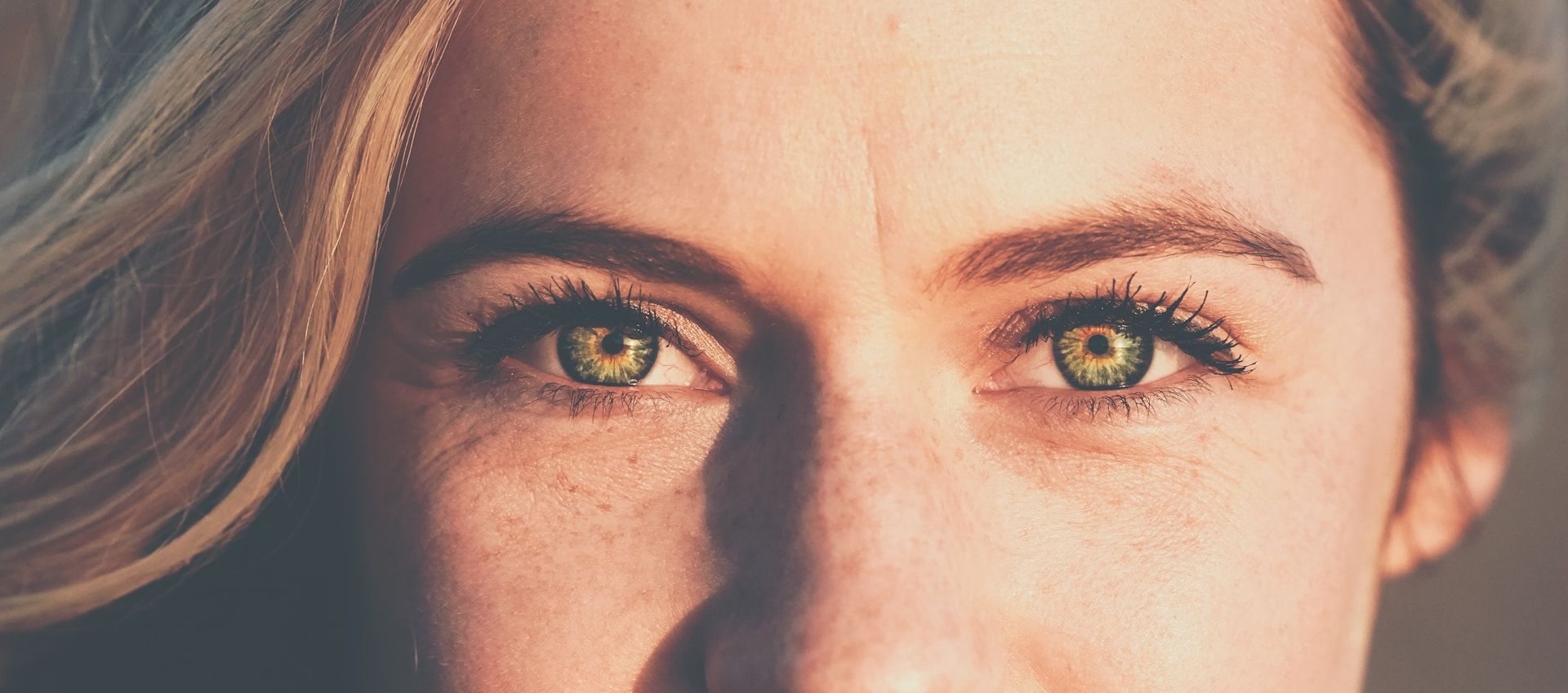
Which Is The Best Hair Color For Hazel Eyes?
Hazel eyes' golden sparkles are warmed by deep, rich browns, caramel, and chestnut. Blonde shades are the best hair color for hazel eyes, especially honey or golden blonde, which tend to lighten hazel eyes.
Avoid ash shades if your eyes contain warm flecks. Cool hazel eyes can exist along with cool brown and dark espresso.
Best Hair Color For Hazel Eyes And Fair Skin
For fair skin, apply soft copper, strawberry blonde, or light brown. Light skin and hazel eyes create a warm contrast with these colors. Cool blondes also work if green or blue is present in your hazel eyes.
What Frames Of Glasses Are Suitable For Hazel Eye Colour?
The proper glasses are capable of magic, accentuating the natural beauty of dark hazel eyes. Other than improving vision, glasses form your style in expressing individuality.
You can pick a frame that will bring out the dark hazel in your eyes. They can make them stand out and create a lasting impression in the minds of the people.
Hazel eyes are good in either gold, green, or tortoiseshell frames. Warm frames will emphasize golden flecks. Green or blue undertones will be optimally emphasized using silver, gray, or cool frames. Choose colors close to the eye colors.
Fossil Fos In Crystal Green Color
At Eyeweb, we realize the significance of spectacles that not just correct your vision but also complement your natural look. Our eyewear styles are meticulously made with a focus on individuality.
Myths and Misconceptions Regarding Hazel Eyes
There are numerous myths regarding hazel eyes.
- Some people think hazel eyes are magical. In reality, lighting and environment are what cause them to seem to change.
- Another myth is that hazel eyes are green. They can be strong, brown, or gold colored, though.
- Hazel eyes don't have a lot of different hues. They are caused by melanin, genetics, and the way light scatters in the iris.
